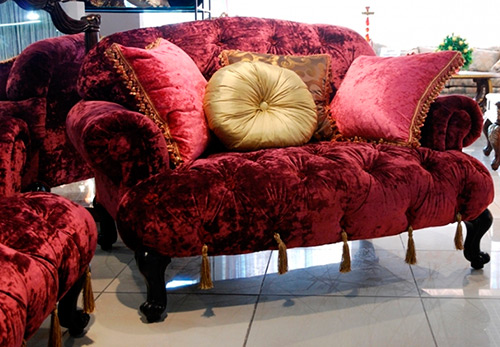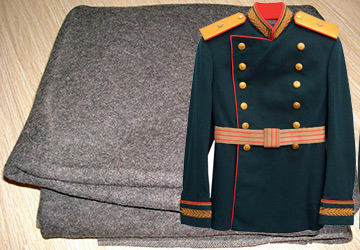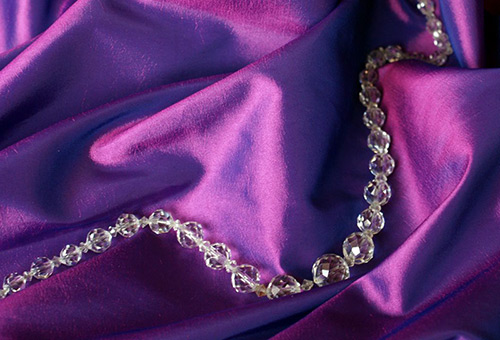Materials Science
Muslin fabric production and properties
Musli? N (fr. Mousseline) - thin cotton fabric, almost translucent, plain weave, which was brought to Europe in the 17th century from the Middle East. The birthplace of this fabric is Iraq, or rather the city in Iraq - Mosul. The fabric instantly gained popularity in France and then in other European countries.
Muslin types
Muslin can be cotton, silk or woolen. The most popular is cotton. The raw material for the production of cotton muslin is calico (pers. Metkal) - a rough unbleached cotton cloth. This harsh cotton plain weave fabric is a semi-finished product. The material consists of very thick strands of unbleached yarn and has a grayish tint.
The raw material for calico is thin or semi-thin carded cotton yarn. Thanks to the bleaching and soft finishing of this material, it is given the desired properties. Thus, calico is the starting material for creating muslin and other various fabrics, for example, chintz or linen fabrics.
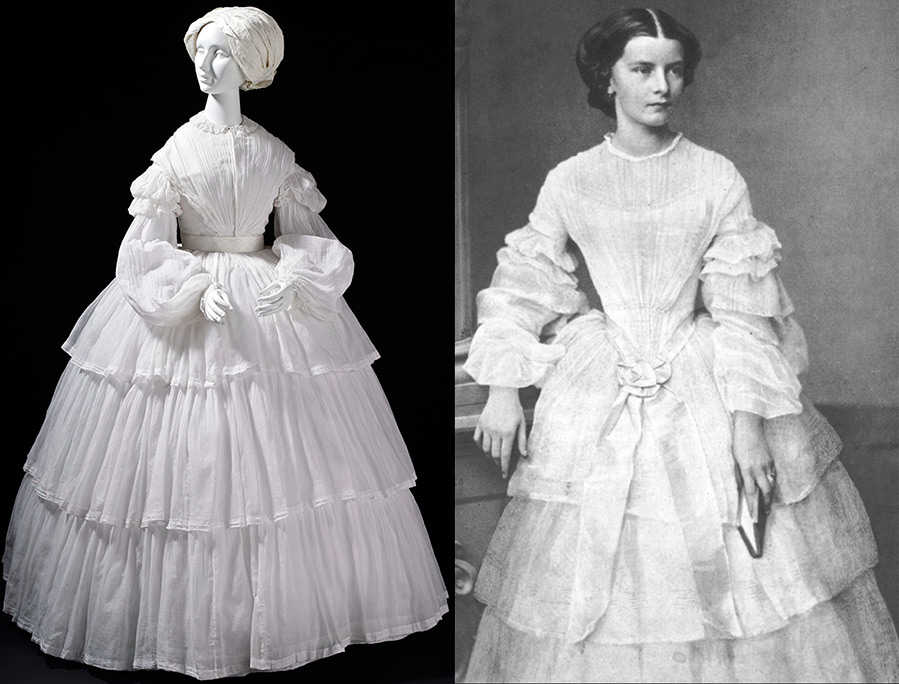
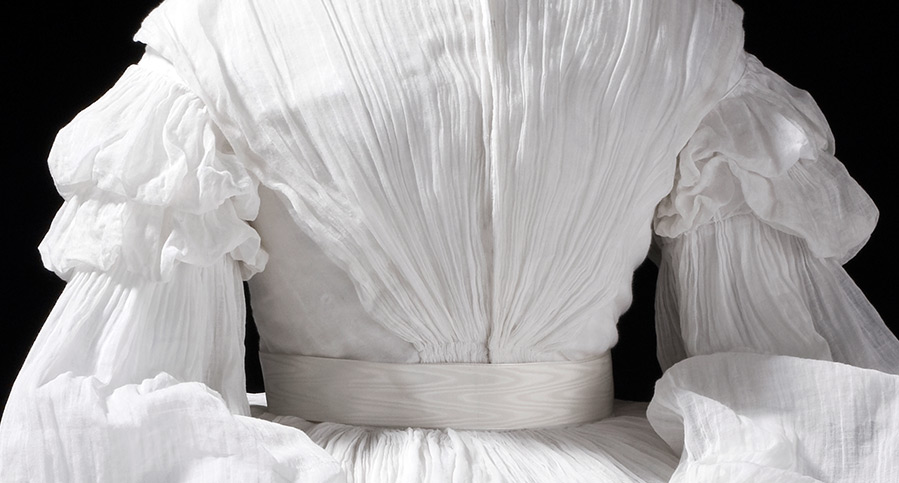
The type and properties of fabrics obtained from calico depends on the various technological processing of this material, the amount of dressing, bleaching, dyeing, etc. For example, for the production of muslin, soft dressing is required, that is, a soft finish of calico with an amount of dressing no more than 1.5%. As dressing agents are used: starch and its derivatives, cellulose solutions, fats, cellulose ethers, synthetic resins, etc.
Dressing is a mixture of various substances, which is used to treat fabrics in order to give them the desired properties: elasticity, shine, strength, non-shrinkage, crease resistance, and so on. If the calico only goes through bleaching, you will get a snow-white fabric called canvas.
Printed on canvas drawing will turn the linen into chintz, dyeing - into cretonne, the dyed and starched linen will turn into a calico, and if we finish dressing in which the fabric becomes polished, we get either madapolam or muslin.
But the raw material for the production of muslin can be not only cotton. Muslin can contain wool, silk, linen.
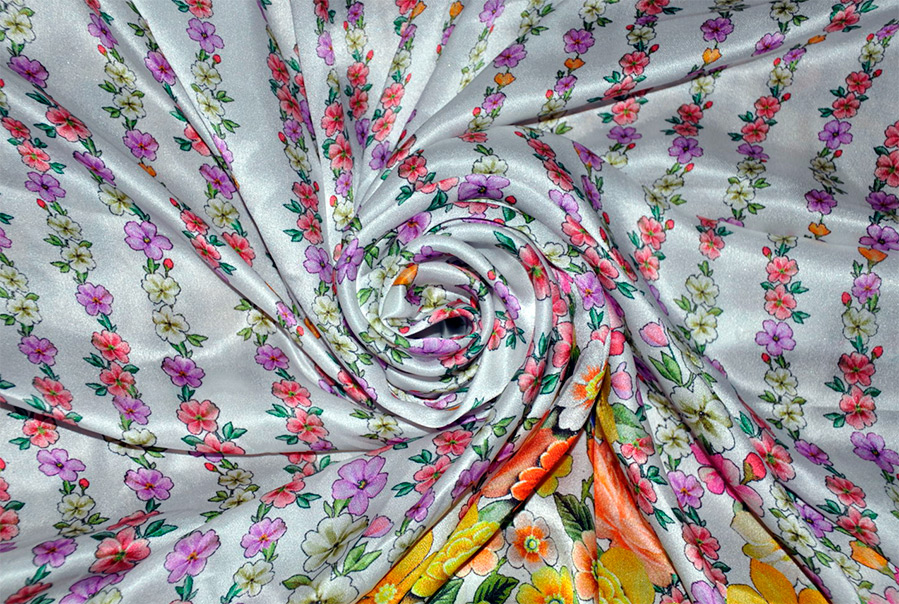
Silk muslin smooth, shiny and pleasant to the touch. Silk muslin is an ideal fabric for sewing the most elegant and sophisticated dresses. It is made from intertwined silk threads. Wearing muslin clothes is light and free even in the most intense heat. Its disadvantage is that the fabric diverges over time at the seams.
Wool muslin has a loose texture, it is much thicker than silk muslin, it is obtained from densely packed fibers. Products made from it are warm and light. The most important advantage of muslin is its high breathability... It is thanks to this property that it is well suited for hot climates.

The main properties of muslin
Air permeability
Hygroscopicity
Ease. Things are practically not felt on the body. But despite its lightness, muslin is durable and dense.
Durability of products.
Naturalness and environmental friendliness.
Protection of the human body from ultraviolet rays.
It drapes well, which makes it possible to create an intricate cut or an original curtain design.
Dries quickly.
Pleasant touch feeling.
The main disadvantages are:
demanding fabrics for gentle care, as they are afraid of high temperatures during washing;
may shed during washing;
products made of silk muslin from frequent wear can disperse at the seams, therefore, tight-fitting clothes should not be sewn from muslin.

Muslin application
Muslin is often used for curtains, bed linen and clothing: dresses and sundresses, blouses and shirts, sweaters and shawls, shorts and light trousers, etc. In hot climates, muslin is an indispensable fabric.In India and the Middle East, even work overalls are sewn from it, as this fabric promotes good air circulation.
Muslin Care
The general rule for all types of muslin is to wash at 40 degrees. Wash separately from other items, as dyed muslin can shed. Dry the product in a flattened form, avoiding direct sunlight. It is better to iron products when they are slightly damp, dry, but using steam.
It is better to wash silk muslin by hand using special delicate products at a temperature of 30 degrees. Wool muslin items should be hand washed in cool water using fabric softeners. Dry and iron them in the same way as cotton. When washing, do not use bleach or highly concentrated detergents. To make the garment soft, add fabric softener while rinsing.
Comments and Reviews
Add a comment
Similar materials
Rating news
Shades of clothing that make women look younger
What shades of hair make women younger: rules and photos
Funny wedding dresses - photos and ideas
12 most expensive down jackets for the winter
How to look 25 at 40: tips from supermodels
Beautiful schoolgirls
Anti-aging haircuts and hairstyles for women
Fashionable skirts for autumn and winter
Fashionable women's trousers for the cold season
Fashionable and stylish sandals for summer 2024
Spring-summer 2024
 Fashionable dresses and tops with thin spaghetti straps
Fashionable dresses and tops with thin spaghetti straps
 Bandana tops: how to wear stylishly and beautifully
Bandana tops: how to wear stylishly and beautifully
 How to put together the perfect men's wardrobe for the summer
How to put together the perfect men's wardrobe for the summer
 Fashionable shorts for spring-summer 2024
Fashionable shorts for spring-summer 2024
 Fashionable skirts for spring-summer 2024: a guide to online shopping
Fashionable skirts for spring-summer 2024: a guide to online shopping
 The most fashionable dresses spring-summer 2024: styles and colors
The most fashionable dresses spring-summer 2024: styles and colors
 Fashionable total look 2024: image ideas and trends
Fashionable total look 2024: image ideas and trends
